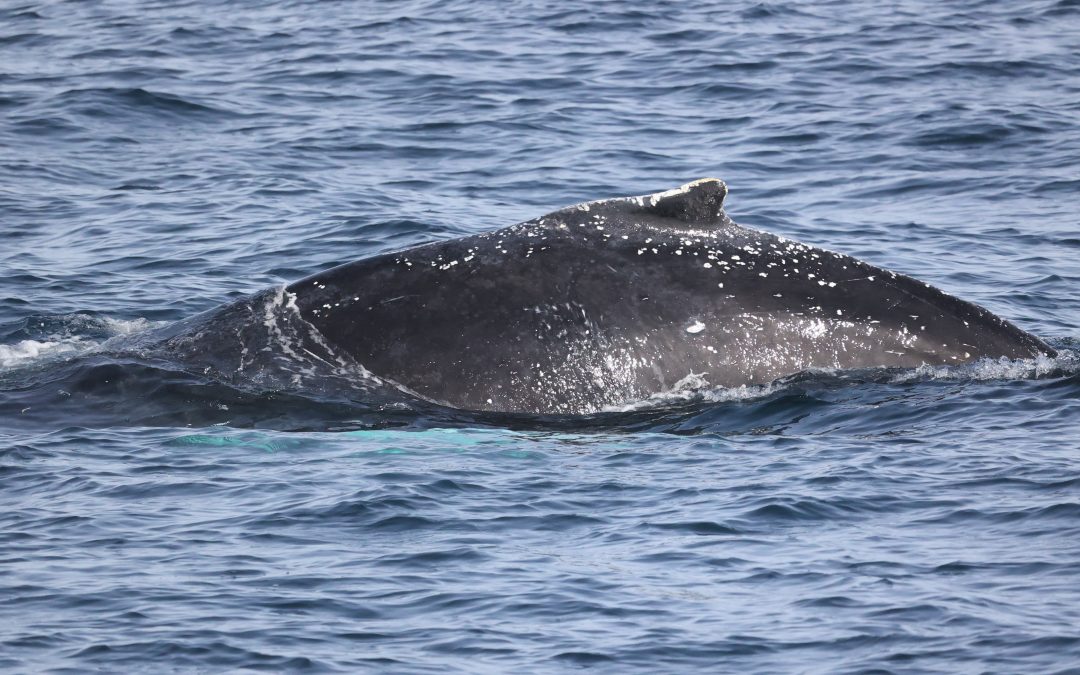Spring and summer by the coast are ideal times to see a variety of species, including harbor seals. However, the great whale migration is one of the most popular wildlife displays to welcome San Diego’s beaches.
But what do we truly know about the gray whales that visit us twice a year? Read below for some fun gray whale migration facts you should know.
Is Migration Necessary for Gray Whales?
The gray whale relies heavily on migration. Migration permits these marine animals to relocate to areas with rich food sources. It also enables them to assemble and mate with each other or reproduce their offspring in a secure and warm environment, which is essential for their newborn infants.
Finally, migration is a social gathering, since certain pods may travel together and defend one another while traveling to the same location.
What If the Gray Whale Does Not Migrate?
If a gray whale doesn’t migrate, it may become separated from other gray whales that travel and migrate together, leaving the whale lonely and isolated for many months. If the gray whale does not migrate, it may have difficulty finding a suitable food supply or a breeding partner.
Even if a whole group decides to remain in their feeding grounds all year, their newborn’s survival rate may be reduced because the infant may have a more difficult time coping with the cold and other hazards that may be present in the cooler waters.
If these marine animals choose to remain in their mating grounds all year, they may need help finding enough supplies of the food they are accustomed to consuming in their feeding grounds.
What Are Some Fun Gray Whale Migration Facts?
Whether you’re curious about the path gray whales take during their migration or how quickly they swim, keep reading to learn more about fun gray whale migration facts.
- Gray whales travel about 12,000 miles from northwest Alaska to the Baja Peninsula and back, making it one of the longest species migrations.
- The gray whale is the only surviving member of the Eschrichtiidae family of baleen whales. The gray whale is a bottom feeder, distinguishing it from the other two baleen whale groups.
- Gray whales were termed “devil fish” due to their hostile behavior when harpooned.
- Gray whales are bottom feeders that graze around the ocean floor. A gray whale turns on its side, gulps large mouthfuls of silt, forces water and mud through its baleen, and eats bottom-dwelling crustaceans. This whale has the least quantity of baleen, with roughly 130 strips on each side of the jaw. The fact that baleen is the bottom feeder explains why fewer of them exist.
- They are said to be able to dive up to 120 meters (395 feet) and swim up to 15 kilometers per hour (33 mph).
- Gray whales are exclusively found in the Pacific Ocean, with the most significant population living in the Eastern North Pacific.
- Gray whales spend most of their time close to the coast due to their unusual eating patterns, making them the ideal animal to see!
- After almost extinction in the 1950s, the population has recovered to over 20,000. The gray whale was removed from the endangered species list in 1994 due to the efforts of various international and local organizations.
- Gray whales are one of 14 baleen whale species. Baleen whales don’t have teeth; they have hundreds of baleen plates and keratin bristles. Whales, like people, cannot drink salt water. Hence, the bristles aid in catching food and filtering out the salt water.
- A baby gray whale may consume up to 300 liters of milk daily during its first year.
Other Gray Whale Migration Facts That You Should Know
The gray whale is a member of the cetacean family, which includes approximately 80 distinct species of marine animals. The gray whale is a marine mammal that may reach lengths of up to 50 feet and weigh up to 40 tons when fully developed. Despite its massive size, the gray whale subsists mainly on minuscule benthic crustaceans.
When giving birth, a female gray whale’s gestation period (from conception to delivery) is around 13.5 months. Milk is given to newborns during the first 6 to 8 months of their lives, or until they can seek food independently.
Furthermore, a healthy gray whale has a lifetime of 50 to 70 years. Although these marine animals may grow to be huge, younger and less experienced whales are at risk of becoming victims to killer whales and hungry sharks.
